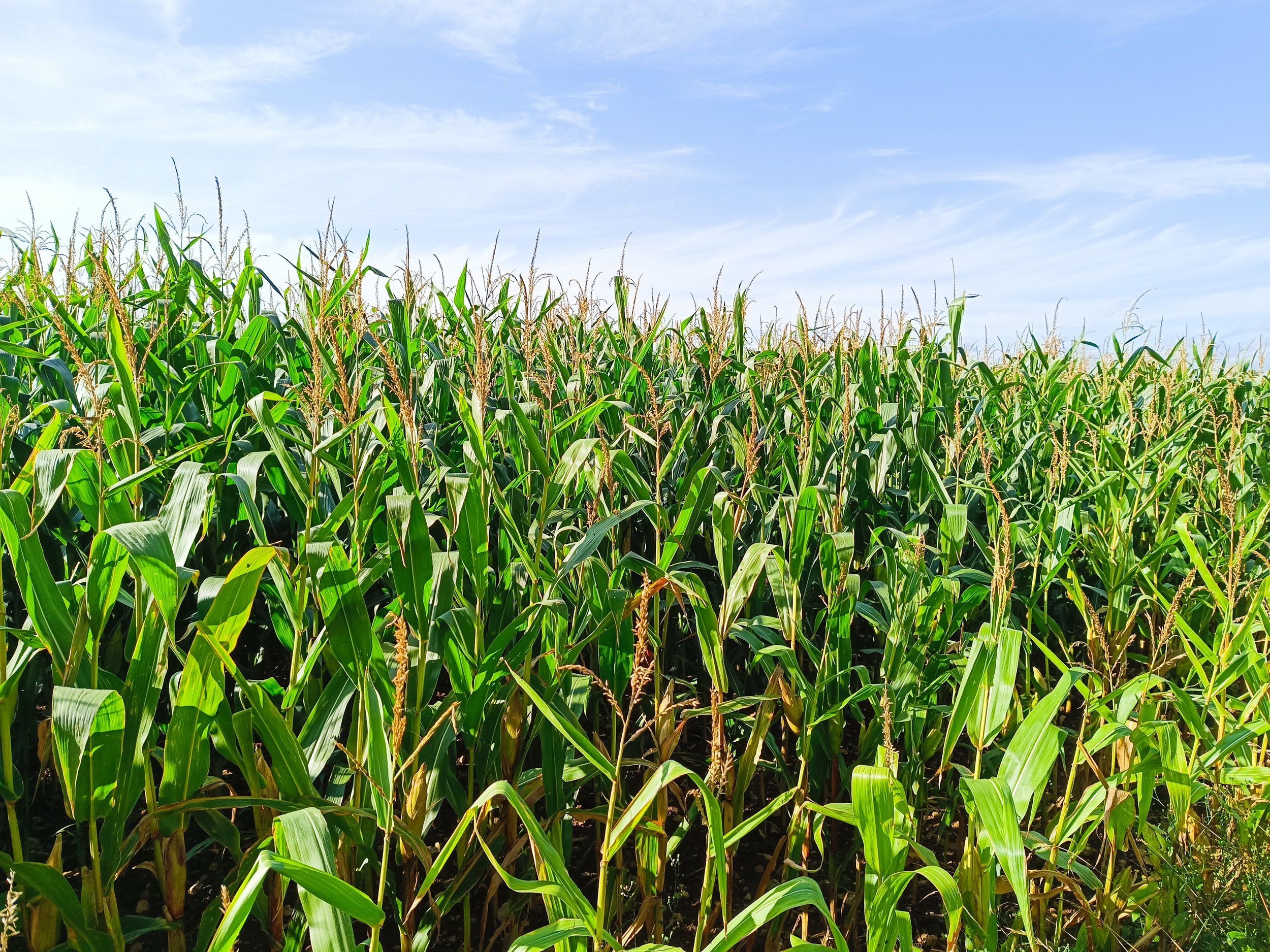The Site
The proposed site for the new Beckby Biogas facility lies approximately a mile to the north of Wragby, just off the B1202 Wragby Road as it heads towards Holton cum Beckering.
It covers approximately 11 hectares, including generous landscaping and biodiversity improvements.
We sign long-term agreements with local farmers which guarantee our suppliers a known income for many years to come. At a time of increasing uncertainty around farm incomes, this has proved to be very welcome at our existing sites.
The area around Wragby is a leading centre for agricultural production, which is a major employer across both East and West Lindsey. The sector accounts for almost one in 10 jobs locally. Local soil types are well suited to producing energy crops. There is existing demand for profitable break crops in sustainable rotations local to the proposed facility.
Our biogas facilities are largely agricultural in nature, taking in energy crops and producing biogas and biofertiliser.
Reasons for choosing this site include:
• It is not close to environmentally sensitive areas such as sites of special scientific interest or national nature reserves.
• There is good road access for crop producers
• It is very close to a major gas pipe
• It is not close to main residential areas
• There is strong local interest in providing feedstock.
What is proposed here?
The site for Beckby Biogas covers around 11 hectares, which is slightly smaller than the average size of a field in the UK.
Much of the site would be used for storage of the energy crops brought onto site, and of the biofertiliser (digestate) which is a valuable byproduct of the biogas process. We would be able to store enough crops on site to keep the plant operational for six months at a time.
The conversion of crops into gas would take place in five sealed tanks. This conversion uses a process called anaerobic digestion which is a tried and tested method.
Because we are using crops and not waste products as the fuel there is no odour associated with the transportation of raw materials to the site, and very little with the production process.
Both biomethane and CO2 are colourless and odourless, and there is very little odour associated with digestate, which is kept in fully covered and sealed storage before being transported off site.
Plans for this plant include the ability to capture the CO2 produced on site. This would be taken away and permanently stored in geological formations.
This process is called Bioenergy with Carbon Capture and Storage, also known as BECCS.
One of Future Biogas’ other facilities: Egmere Energy, Norfolk.
One of Future Biogas’ other facilities, Redstow Renwables, Swaffham.
Traffic Management and Site Hours
The Beckby Biogas facility will be operational 24 hours a day throughout the year, continuously providing renewable energy for the local grid network.
Working hours for employees on the site will be limited to 7am to 7pm, with generally no vehicle movements outside these times. There may be exceptions to these hours twice a year at peak harvest times.
To limit the amount of traffic which would need to travel through Wragby we are proposing two entrances, one from the A158 to the south of the site, and one from the B2102 to the east.
Energy crops would be brought to the site by HGVs from a radius of around 15 miles. To minimise traffic wherever possible, these HGVs would then be used to take biofertiliser and CO2 off site.
As part of the planning application process, we will be required to produce a Transport Statement which will need to be approved by the local authorities.
We have been in discussions with officers from the local highways authority, to ensure our proposals will be acceptable from a highways point of view.
Traffic management plans will be drawn up and agreed with the authorities to cover both construction and day-to-day operations to ensure minimal disruption.
Carbon capture - Beyond Net Zero
Bioenergy with Carbon Capture and Storage, or BECCS, is a way of permanently locking away atmospheric CO2.
At Beckby Biogas, CO2 will be absorbed by the growing crops, and captured during the anaerobic digestion process. With BECCS, this CO2 will be taken out of the atmosphere permanently, reducing the amount of harmful greenhouse gases.
The CO2 which results from biomethane production is gas which had, until recently, been in the atmosphere and the soil all around us until it was taken up by the energy crops as they grow.
This means that even without BECCS, biomethane production releases no more CO2 than that which the energy crops captured only a matter of months previously.
The biomethane production process concentrates CO2 in such a way that it can be liquefied and captured, which means that it can then be taken off site and locked away.
The CO2 byproduct created at the proposed Beckby Biogas plant would be placed into permanent geological storage for many thousands, if not millions, of years. We expect the plant would capture more than 20,000 tonnes of CO2 a year.
This takes us beyond net zero with a process which continually removes CO2 from the atmosphere, helping to reverse GHG emissions.
A Carbon-Focused Approach
CO2, carbon dioxide, is a major contributor to climate change.
The amount of CO2 in the atmosphere has gone up with the increased use of fossil fuels in almost all aspects of our daily lives. Just as efforts are being made to decarbonise electricity with more use of solar and wind power, the use of energy crops is helping decarbonise the gas supply.
This graphic shows how the production of biomethane can actually reduce the amount of CO2 in the atmosphere, directly tackling climate change.










